– One of the key objectives of Hungary’s EU presidency was to advance the European integration of Western Balkan countries. What kind of support did the Hungarian presidency provide?
– The Hungarian presidency was truly committed and worked hard to advance the integration of the Western Balkan region out of its deadlock, and it has been successful, particularly in the cases of Albania and Montenegro.
We owe Hungary immense gratitude for its persistence in keeping Serbia's EU accession on the agenda, even at times when it appeared that many member states, primarily citing political reasons, remained opposed to it.
We must clarify one thing: Serbia is indeed ready to take the next step, as confirmed by three European Commission country reports. However, unfortunately, some Baltic and other major member states have periodically placed new political obstacles in Serbia’s way. These challenges persisted even in the latter half of the year. Nevertheless, due to Hungary's presidency, extensive groundwork was carried out behind the scenes. For example, Hungary proposed – and Serbia agreed – to draft a so-called "non-paper," an additional document in which Serbia made concrete commitments to fulfill certain obligations as soona s possible, by the end of January, to ensure progress. This was vital because stagnation in the process is negative, as it will only fuel Euroskepticism.
This was the breakthrough which enabled an agreement at the last minute, just before the Christmas holidays, resulting in a letter approved by all member states. This letter requested Serbia to submit its remaining negotiating positions on the chapters within the so-called Chapter 3 cluster.
This is a huge step forward, because it means that the Chapter 3 cluster will indeed be opened, as everyone's agreed to this.
– This is expected in February, at least this is what Tanja Miscsevics, Serbia’s integration minister, told the most recent meeting of the Integration Committee. What does opening Chapter 3 mean?
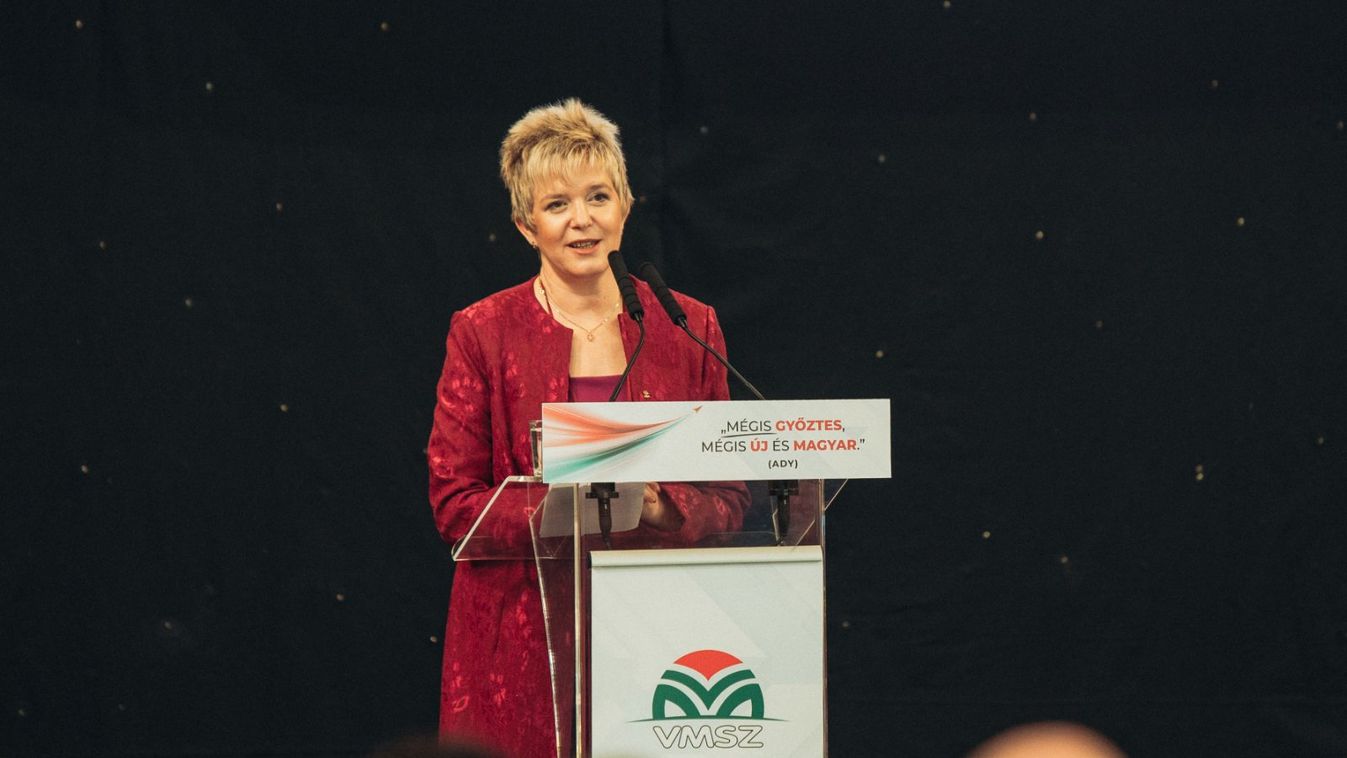
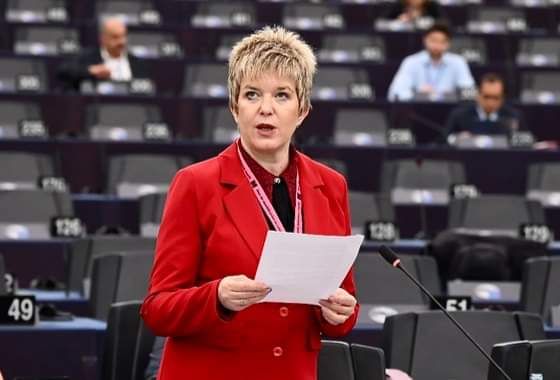

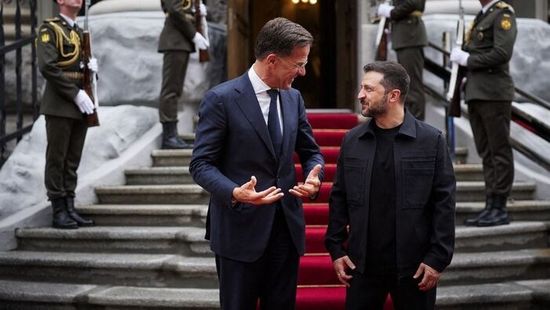
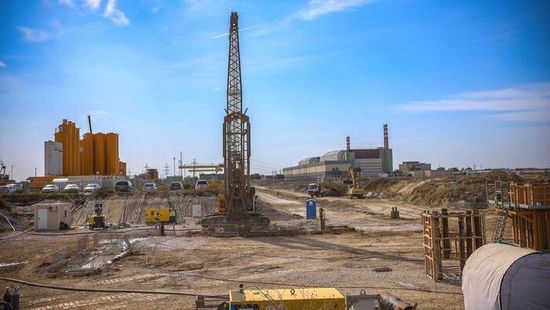


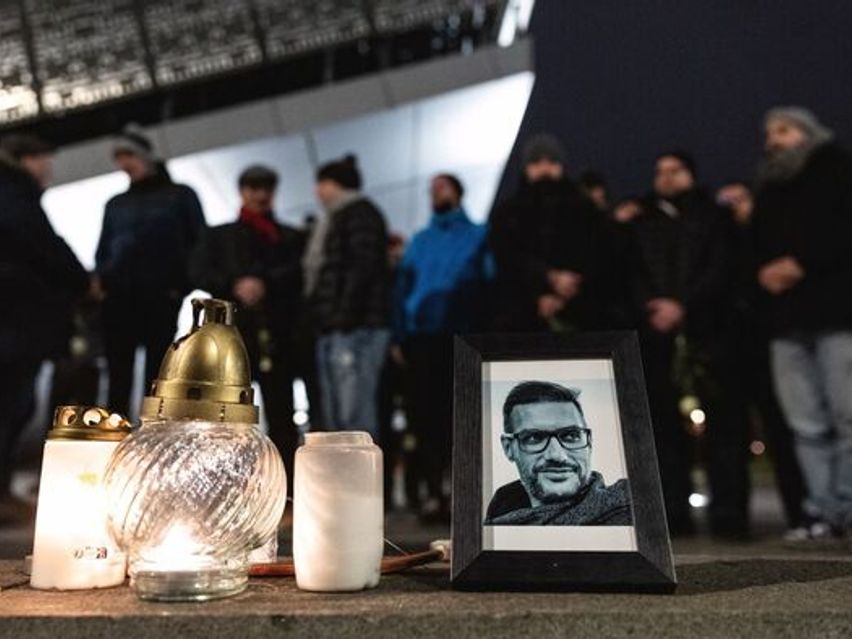








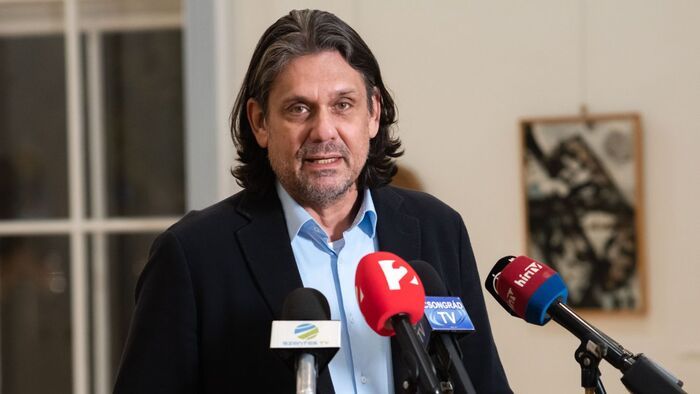







Szóljon hozzá!
Jelenleg csak a hozzászólások egy kis részét látja. Hozzászóláshoz és a további kommentek megtekintéséhez lépjen be, vagy regisztráljon!